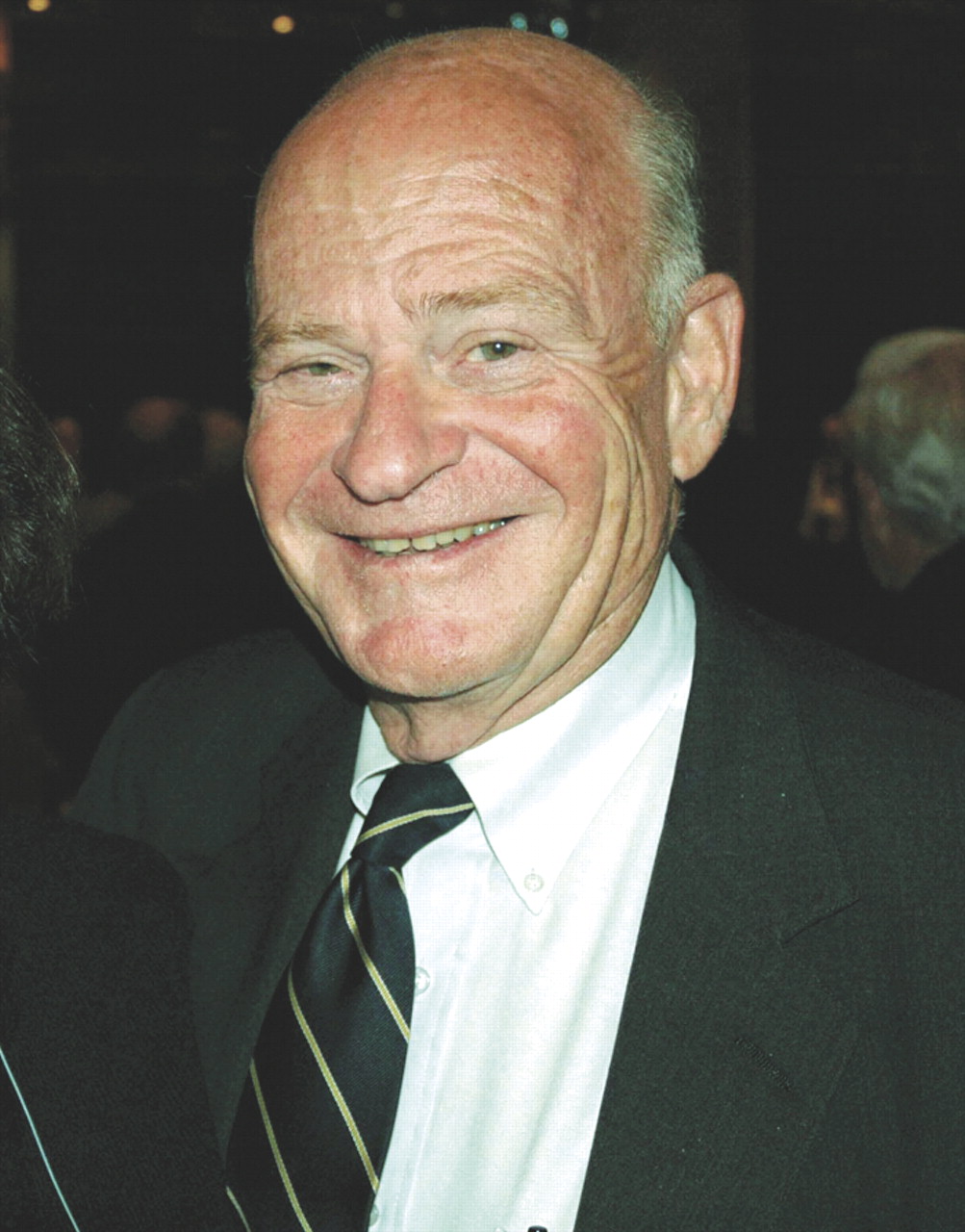The American Academy of Child and Adolescent Psychiatry (AACAP) teamed up last month with its counterpart to the north, the Canadian Academy of Child and Adolescent Psychiatry (CACAP) to host a joint annual meeting in Toronto.
With more than 3,500 in attendance, the meeting was one of the largest held in North America to focus on child and adolescent psychiatry. Joining more than 1,540 AACAP members were 180 CACAP members and nearly 1,800 nonmembers.
Once again this year a major challenge being faced by the two academies is the significant shortage of child psychiatrists, both above and below the border. Echoing previous AACAP meetings, a large number of sessions focused on the need to increase access to quality mental health services for children and teens through partnerships with primary care and family physicians as well as pediatricians.
As at prior AACAP meetings, several sessions focused on the need to improve diagnosis and treatment of seemingly burgeoning number of children with attention-deficit, depressive, and bipolar disorders. And issues of use of psychiatric medications in pediatric patients were paramount, with concerns about safety and efficacy of medications a topic of many sessions. (More coverage of these topics will apear in a subsequent issue of Psychiatric News.)
Returning to Core Principles
However, rather than remaking the child mental health care system to meet impending challenges, incoming AACAP president Thomas Anders, M.D., a professor of psychiatry at the University of California-Davis, declared he would devote his two-year term to “continuity and stability, rather than challenge and change. I would like,” he said, “to focus on the importance of a few old-fashioned constructs that have served us well.”
Anders proposed to “translate a few key constructs from psychiatry's early days into action plans for today.” These translations, he said,“ will sustain continuity and stability” in the field of child mental health services. Anders went on to invoke the memory of Sigmund Freud who, like Anders, was born in Vienna, Austria.
Freud, he said, was “first and foremost, a neurobiologist,” and would, Anders said, “employ the latest available neuroscience technologies and techniques,” had he been practicing today. While many of his theories have been “largely and appropriately discredited,” Anders said, “Freud should be remembered as an astute clinician and an observant scientist whose constructs stimulated many of the baby-watchers, experimental psychologists, and developmental neuroscientists who have followed.”
Freud, Anders continued, left three “enduring insights about the mind.” The first was the notion that some behaviors and emotions were instinctive in origin—a concept furthered by others and expanded to say that some behaviors and emotions are genetically influenced. Second, Freud recognized “the importance of early childhood experience” and described “infantile traumas.” Third, Anders concluded, Freud taught psychiatry much about the importance of transference.
All three constructs, Anders said, continue to shape the practice of child and adolescent psychiatry. “We remain mind-brain scientists who use models of mind to understand the complexities of behavior.”
Stigma Still Stubborn Challenge
A primary “mind construct” challenging child and adolescent psychiatry today, Anders said, is stigma. “Is it not stigma that, in part, accounts for the lack of interest in, and understanding of, our field by our professional colleagues and the public at large?”
The stigma associated with “mental illness and with our profession is one likely reason for our workforce shortage.” Stigma must be addressed directly, Anders said, by “educating all levels of society about the value of our work, the scientific foundations of our knowledge, and the efficacy of our treatments.” One way to do this, he said, “is to ally ourselves with parent groups and self-help groups. We as professionals need to partner with a broad range of interest groups focused on reducing stigma.”
The child and adolescent mental health profession, Anders declared,“ must do something about this dire circumstance because we do know what is needed and what consequences result if our children's developmental needs are not met. We must become more successful, culturally sensitive, international activists.”
Child and adolescent psychiatrists in the United States, Anders said, should be active advocates for passage of the Child Healthcare Crisis Relief Act (S 537), which would provide incentives for more professionals to enter the child and adolescent mental health field. In addition, current child and adolescent psychiatrists must “nourish our young,” he stated, mentoring and guiding aspiring medical students and residents to choose child psychiatry as their subspecialty.
“Passing on our skills, love of our profession, and the excitement of our field remain critically important activities for each and every one of us,” Anders said.
During his two year term as AACAP president, Anders said he will work to reduce stigma, advocate for “psychologically healthy beginnings,” and access to quality care for all children.
These goals, he said, are not new, but in fact quite old. However, they are perhaps, “all the better for their maturity.”
More information on AACAP and its annual meeting are posted at<www.aacap.org>.▪

